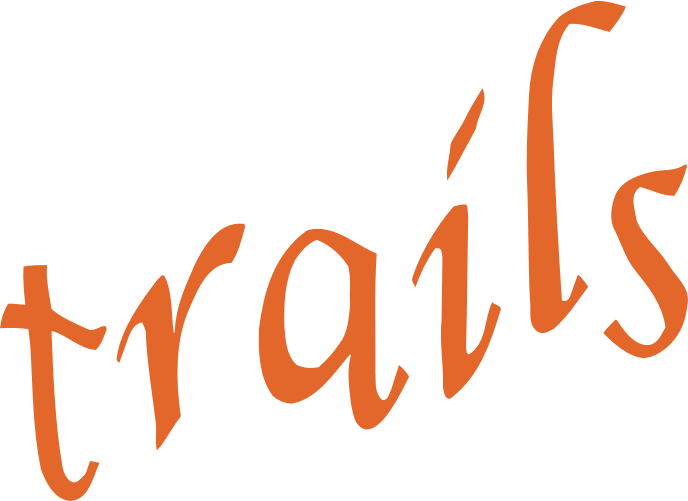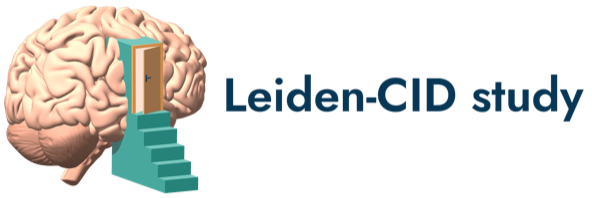-
measure Yale-Vermont Adversity in Childhood Scale (Y-VACS)
Study: Netherlands Twin Register Mode of collection: SelfAdministeredQuestionnaire Available measurements: Young Netherlands Twin Register YS_REFThe Yale-Vermont Adversity in Childhood Scale (Y-VACS) assesses a range of intrafamilial (e.g., physical abuse, witnessing domestic violence) and extrafamilial (e.g., community violence, bullying, natural disasters) adversities, and generates scores that take into account severity and frequency of exposure. The Y-VACS generates a total adversity score,...Created October 17, 2024 • Updated October 20, 2024 -
measure Bullying Victimization
Study: Netherlands Twin Register Mode of collection: SelfAdministeredQuestionnaire Available measurements: Young Netherlands Twin Register YS_TRF7 YS_TRF10 YS_TRF12Bullying and Victimization assesses whether the child has been a victim of bullying or has bullied others. The questionnaire consists of 8 items asking whether the child has been bullied in general, verbally (laughed or yelled at), physically (spitting, kicking, pushing), and relationally (ignored, gossipped about or excluded), or has bullied others in...Created October 17, 2024 • Updated October 20, 2024 -
measure Cyberball Task
Study: Generation R Mode of collection: MeasurementsAndTests Behavioral/cognitive task Available measurements: Generation R 9-10 yearsThe Cyberball task is a computerized game used to study the effects of social exclusion on individuals. Participants play a virtual ball-tossing game with other players, who are actually controlled by the computer. The participant is sometimes excluded from the game.Created October 17, 2024 • Updated October 20, 2024 -
measure Perception of Teasing Scale (POTS) - Weight-related teasing
Study: Generation R Mode of collection: SelfAdministeredQuestionnaire Available measurements: Generation R 9-10 yearsThe Perception of Teasing Scale (POTS) assesses self-perceived teasing about weight (weight-related teasing) and about abilities/competencies (competency teasing), and the effect that teasing has on the participant ("How upset were you?").Created October 17, 2024 • Updated October 20, 2024 -
measure Bullying and victimization
Study: Generation R Mode of collection: SelfAdministeredQuestionnaire Available measurements: Generation R 5-6 years 8 years 13-14 years 17-18 yearsBullying and victimization assesses three forms of common bullying involvement (physical, verbal, and relational) using teachers, main caregiver, and self reports.Created October 17, 2024 • Updated October 20, 2024 -
measure Peer status
Study: TRAILS Mode of collection: SelfAdministeredQuestionnaire Available measurements: Population cohort POP - T1 POP - T2Peer status was assessed through peer nominations by the respondent and their classmates. Respondents could nominate their classmates on, among others, peers they liked and disliked, peers who helped others, and peers who bullied or who were being bullied.Created October 17, 2024 • Updated October 20, 2024 -
measure Olweus Bully/Victim Questionnaire (OBVQ)
Study: L-CID Mode of collection: SelfAdministeredQuestionnaire Available measurements: Middle Childhood Cohort MCC - T1 MCC - T2 MCC - T3 MCC - T4 MCC - T6The Olweus Bully/Victim Questionnaire (OBVQ) consists of 10 items with 2 subscales (Victim and Bully) that bullying behaviors and victimization experiences of the child.Created October 17, 2024 • Updated October 20, 2024 -
measure Bullying and Victimization
Study: YOUth Mode of collection: SelfAdministeredQuestionnaire Available measurements: Baby and Child 6 years
Child and Adolescent 9 years 12 yearsBullying and Victimization assesses whether the child has been a victim of bullying or has bullied others. The questionnaire consists of 8 items asking whether the child has been bullied in general, verbally (laughed or yelled at), physically (spitting, kicking, pushing), and relationally (ignored, gossipped about or excluded), or has bullied others in...Created October 17, 2024 • Updated October 20, 2024





